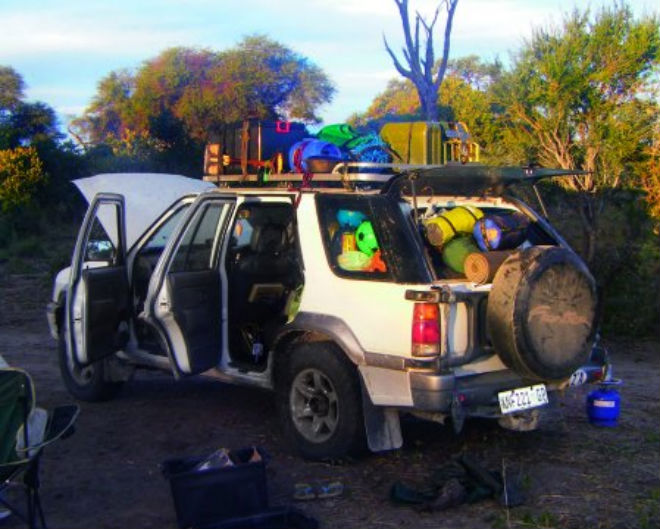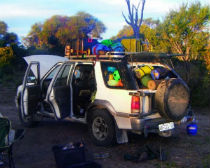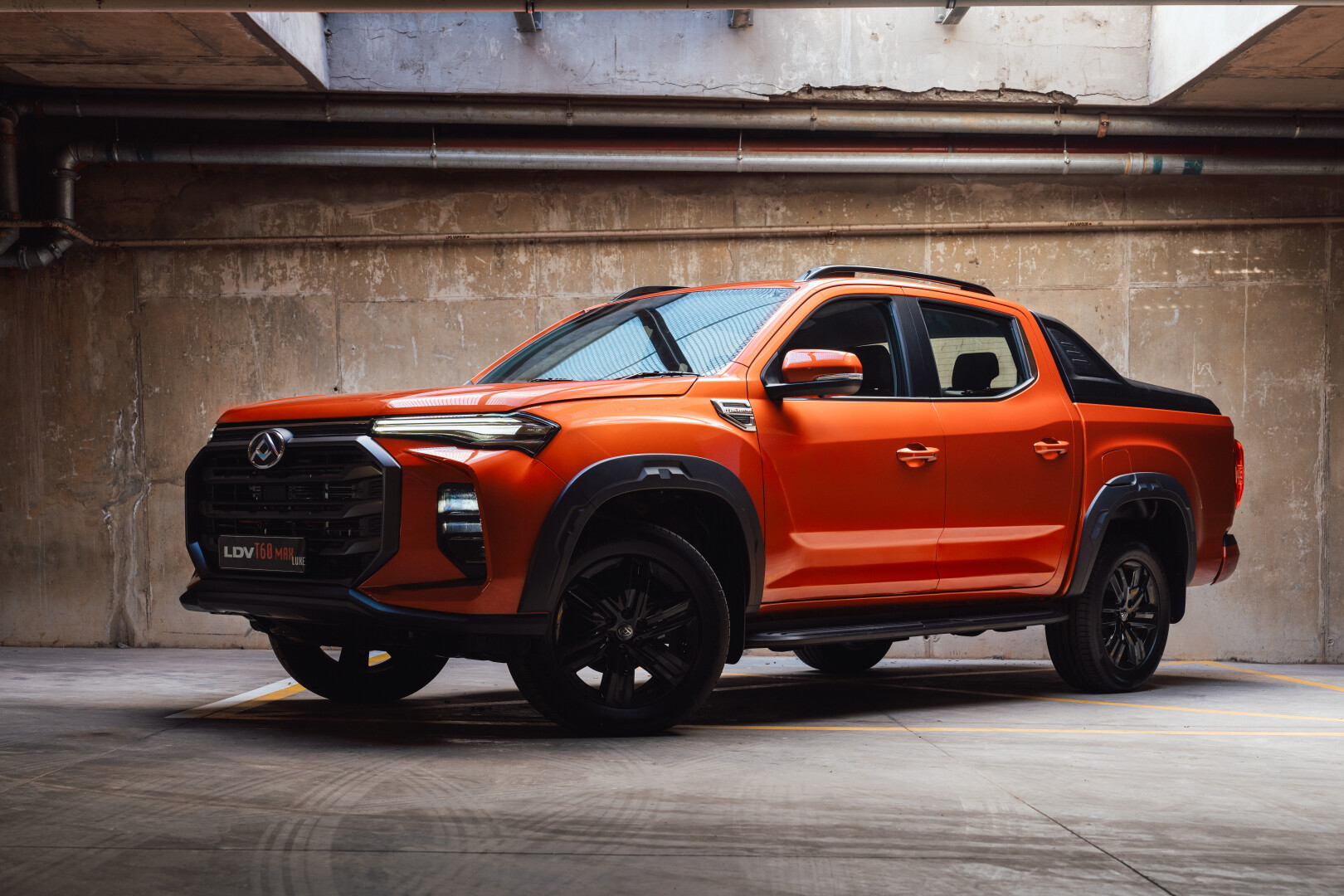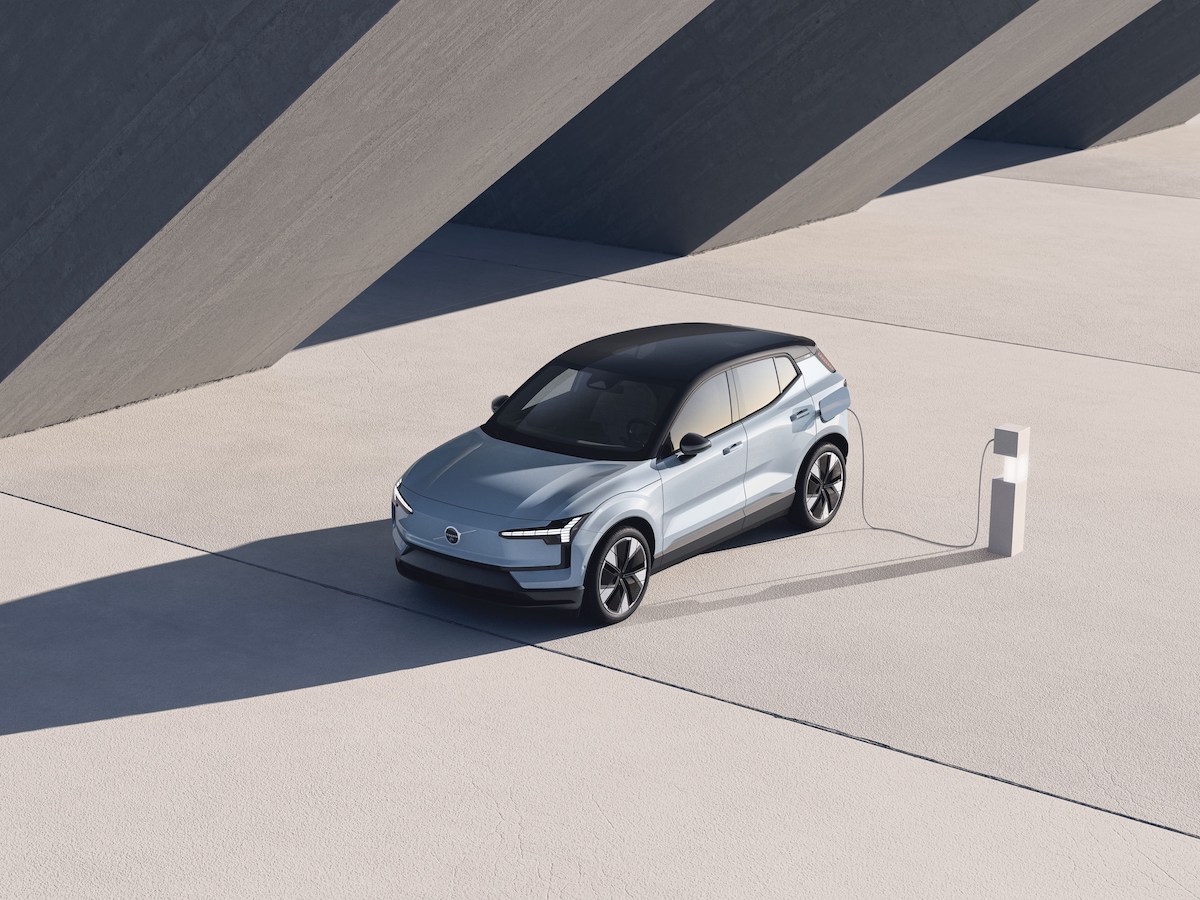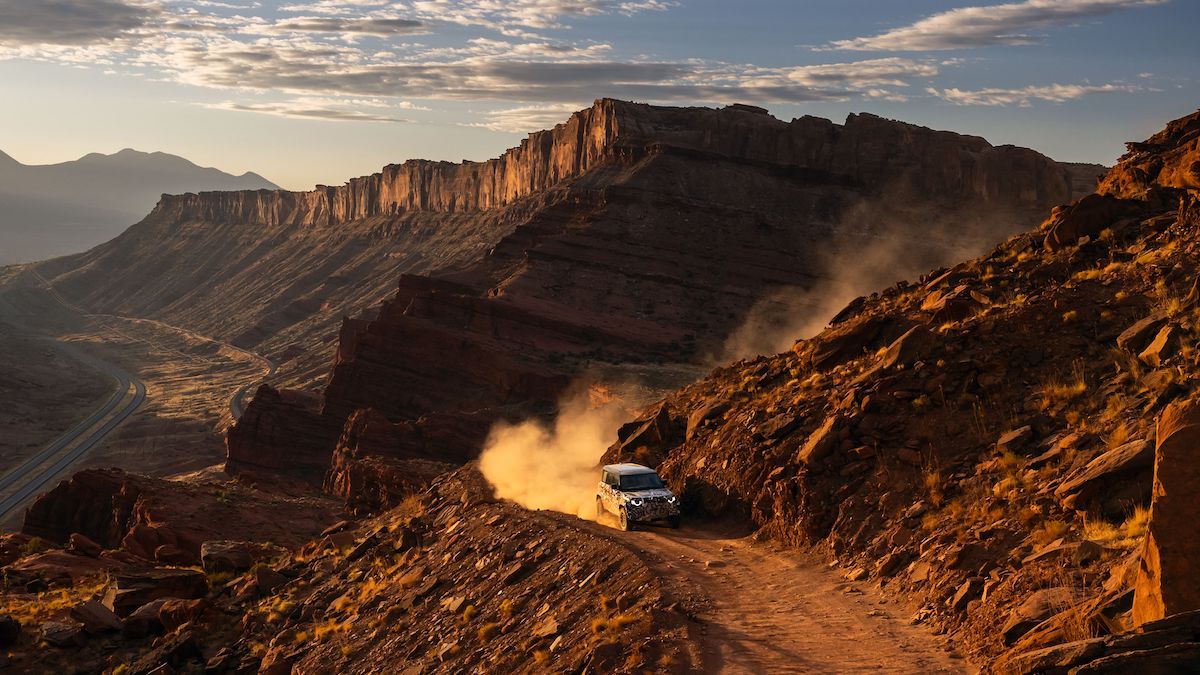Text: Tom Fry
Photographs: Tom Fry and friends
We weren’t where we were supposed to be.
We were tired, hungry and cold.
Finally, after we untangled our stiff limbs from the cramped Isuzu cabin and stumbled outside, we inspected our surroundings.
The sun was just peeping over the horizon, slowly lighting up the vast plains of the partially flooded Makgadikgadi pans. We watched Mother Nature’s show in complete awe. Now this was a start to an overlanding adventure!
For us the “adventure” started some months prior to that spectacular Makgadikgadi moment.
After many years of saving, I bought myself a 1999 Isuzu Frontier 3.2 V6 4×4. I’m a student at the University of Cape Town, hence the many years of saving. I’m also an avid Leisure Wheels reader. I needed to get a taste of this “overlanding adventure lifestyle”, and my three buddies and I weren’t going to let the fact that we were all cash-strapped students stand in our way.
No way.
Granted, a stock-standard Isuzu Frontier is probably not the most ideal vehicle for serious 4×4 overlanding, but it was the best I could afford at the time, and also more than perfect for cramming surfboards into.
After driving the Frontier for a few months and really growing to love it, my friends Francois Bekker, Jacques Viljoen and Paul Nel and I decided the time had arrived to afford the Isuzu the opportunity of becoming a part of the team. Of becoming one of the boys.
We had five weeks before the start of the new term, and a total kitty of? well, not a lot of dough.
We are students after all, and surfboards don’t come cheap.
Our itinerary listed Botswana, Zambia, Malawi and Mozambique.
Picture the scene: four weeks’ worth of clothes, camping gear, food and, of course, beverages.
One Isuzu Frontier. The result?
Our first challenge in this overlanding challenge: fitting everything and everyone into the Frontier.
Okay, so we knew that travelling light was imperative for sandy roads and fuel consumption, but with the boot packed to the ceiling, the back seat piled with sleeping gear and the roofrack resembling the tower of Pisa, we looked like a small African family ready to leave the land they love for good.
So we started a process of elimination. Most of the clothing went, as did some mattresses. Food supplies were scaled down to a loaf of bread, a bag of rice, a bag of pap, a few tins of Bully Beef and beans, instant soup, peanut butter, salt, coffee and 30 eggs.
We took along one single potjie, and a kettle. We knew that this would require some out-of-the-box thinking when cooking more than one type of food, but we weren’t scared of lateral thinking.
How difficult could it be to cook an egg in a kettle and eat cabin-temperature beans or corned beef?
On the decided day of departure a rather odd assortment of people squeezed into the Isuzu to tear up the tar from Cape Town to Johannesburg. The crew consisted of a Rastafarian studying actuarial science (Bekker), a Matie doing business science (me), a feather-fanatic studying anthropology (Nel) and an aspiring mechanical engineer (Viljoen).
We all wanted something different from the trip: visiting national parks, spotting wild life, visiting local bars and diving and snorkelling. But our shared passion for adventure was like the diff-lock that kept all the wheels working nicely together.
Day two was intended to get us to Gweta, Botswana. An impromptu vote, however, led us to change route and head for Kubu Island – a national monument and the most famous of all the rock islands in the Makgadikgadi Pans.
Too little time, too much mud, poor maps and the grave (and somewhat brave) absence of a GPS system eventually resulted in us calling it quits, 5km south of Kubu, at around midnight. We were so, so lost. After a round of peanut-butter sandwiches we hit the Frontier’s seats, so to speak, still very excited about our adventure.
This is now where that sunrise described earlier fits into the picture.
The first, er, morning of glory in the wild wide open was? very memorable. Steamed-up windows, stiff limbs, empty stomachs and spectacular views of the early morning African sun slowly rising over the vast plains of the partially-flooded Makgadikgadi Pans.
We were in seventh heaven, smiling from ear-to-ear.
Once we had thoroughly thawed out after our night in the frosted Frontier, we put foot and came face-to-face with a convoy of four Land Rovers. They had been stuck in the mud for two days.
Being students though, with more courage than common sense (sometimes, anyway), we decided to continue, despite the Land Rover drivers’ warning that the pans were impassable due to unseasonal rain.
It was only when we came across a convoy of stuck or half-stuck Toyotas that the common sense prevailed.
We would take the long, long way round to the Okavango Delta.
After two hours of terribly corrugated roads en-route to Chobe, the Suzi’s overloaded roof-rack protested by ripping a 10cm tear in the roof. After some weight redistribution we declared her fit as a fiddle and off we went.
The main road to the Chobe Game Reserve was closed as a result of bridge construction. Fortunately a truck driver whose truck broke down a few kilometres back along an alternative track to the gate walked past us looking for help.
We offered him a lift and, after some repacking, managed to squash him in. He navigated us to a temporary bridge constructed of logs and rocks. As advised by off-road magazines, we first checked on the stability of the bridge.
Convinced that it was safe to proceed, we returned to the Isuzu, only to find that the immobiliser’s remote and its spare had packed up.
The Frontier refused to start.
When no car or creature came by for hours, “Imali” (money), “Afrikaans Music Only” and “Birdbrain”, or Francois, Jacques and Paul, set off on foot in search of help. Truckman and I stayed behind. Surviving a few close encounters
